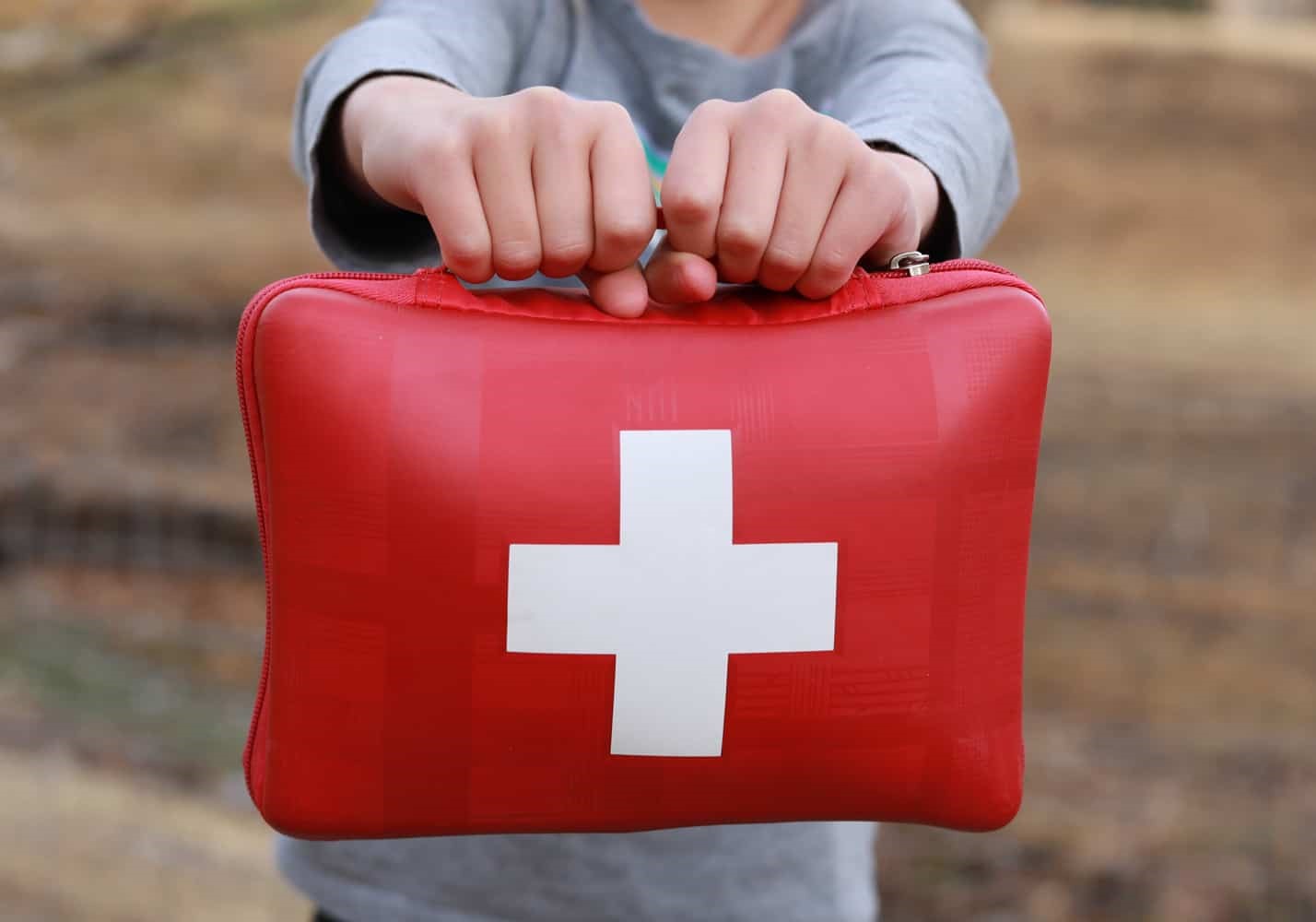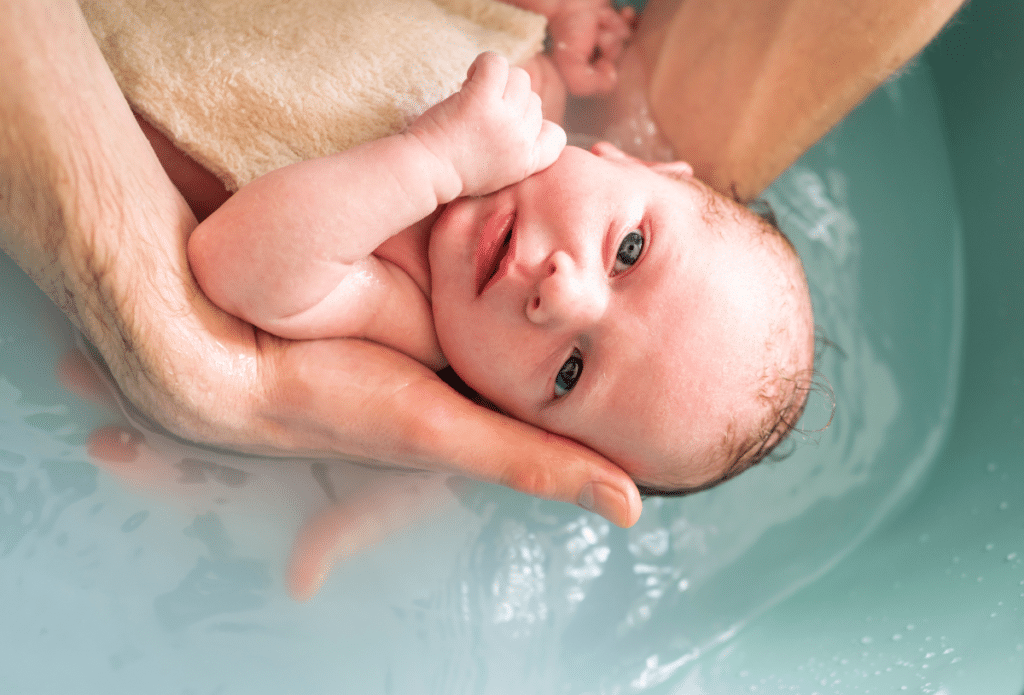As a parent, the safety of a child is your priority. Infants and toddlers always tend to get into situations that are often unexpected and can be extremely dangerous. Although you take utmost care to keep them away from such adversities, sometimes it is inevitable. Knowing first aid measures is essential in such emergencies to avoid danger to their life and help them recover well.
First aid means taking quick measures to help someone injured or who has met with an accident or has a medical emergency. Always remember to call for help first in life-threatening situations before attempting to give first aid.
What can cause an injury or emergency in a child?
Various situations can arise that can require immediate first aid and medical help. These include allergic reactions, asthma attacks, anaphylaxis, choking, cuts, burns, fractures, poisoning, drowning, fever, seizures, head injury, vomiting and diarrhea.
Don’t be caught off-guard if your child gets injured or has an emergency. Here are few first aid emergency situations!
- Choking
If a baby is choking, hold the baby with the front side facing downwards along your thighs and their head lower than their bottom. Hit on the back between their shoulder blades with the palm firmly five times. If this does not help, turn the baby facing up, place two fingers in the middle of the chest below the nipples and push sharply down five times. These are known as chest thrusts. If this also does not work, call for emergency medical services.
In the case of toddlers, first, give five back blows between the shoulder blades. If this does not work, give five abdominal thrusts by holding the child around the waist and pulling inwards and upwards above their belly button. It is called the Heimlich maneuver. If this also does not work to dislodge the blockage, call an emergency.
- Anaphylaxis
Anaphylaxis is a case of severe allergic reaction where the infant or the toddler might experience swelling of hands, feet, or face as well as difficulty in breathing due to swelling of airways. The allergic reaction can be caused by pollens, stings and bites, latex, nuts, shellfish, eggs, or dairy products. This is a life-threatening situation, and you should call for medical assistance immediately. In case of a known allergy and you already have an auto-injector, inject the dosage according to the instruction of your physician.
- Asthma attack
Hold the child in a comfortable position and administer their inhaler immediately if already diagnosed. If it is for the first time or if the attack becomes severe, rush to the hospital.
- Bleeding
In case of severe bleeding, apply direct pressure over the wound with a bandage or whatever is available, call for assistance and keep pressure until help arrives. Make sure the material used is sterile to prevent infection of the wound.
- Fracture
Support the fractured bone with a cushion or garment to restrict movements, relieve pain, prevent further damage, and consult an orthopedician immediately.
- Burns
In case of a burn, keep the burnt area under cold running water for at least 20 minutes to relieve pain and swelling and decrease scar formation. Cover the area with plastic material, so it does not stick to the burnt area and reduce pain by decreasing contact with air. Take them to the emergency room as soon as possible for further management.
- Seizures
In case of seizure episodes, protect their head and body from injury due to sudden and forceful jerky movements by using a pillow and blankets. Do not restrain them. In case of seizures due to high fever, take off clothes to cool the body, open the window or put on the air conditioners. Once the episode is over, rest them on their side and tilt their head back. Take them to a hospital for further treatment or if seizures continue.
- Nosebleeds
Pinch the soft parts of the nose after tilting the head forward for few minutes so that the blood clots do not pass into the airway or stomach. Call for help if the bleeding does not stop.
- Poisoning
Immediately try to know the type of material and amount ingested, if possible, before rushing them to the emergency as this information is crucial for the physicians to give the appropriate antidote and supportive treatment. Do not try to induce vomiting in a child, as in most cases, it can be counterproductive.
- Unresponsive and not breathing
You should know how to perform CPR on babies and toddlers because it can be life-saving. First, check for a response by tapping the child’s feet. If there is no response, call for help. Check for airway, breathing and pulse. Then commence CPR if pulse and breathing are absent. Use two fingers to provide 30 Chest compressions, 2 per second as deep as 1/3rd of the child’s chest and then give two rescue breaths. Continue this till help arrives.
An insight from mamahood
Being a parent is a great responsibility and being aware of these first aid measures would help you avoid many panic situations while raising a child. There are also specialized courses available to help prepare yourself before embracing parenthood. It would be ideal for learning basic life support skills and CPR that can help you deal with life-threatening situations in an infant or toddler in case medical assistance takes time to arrive. Administering first aid for adults is quite different. Only first aid for children was discussed in this article, as we wanted to provide complete focus on the topic. Separate courses are available for adult first aid.








